Land Rover Range Rover Sport HSE Review
The Range Rover Sport arrived just as Britain's Parliament banned fox hunting. Call it fortuitous happenstance. At the precise moment Britain's shotgun-wielding aristocrats lost their main motivation for chasing each other over hill and dale, the Ford subsidiary came plying more on-road aggression. If these frustrated followers of British blood sports looked upon the new Landie Sport as an opportunity to blow off a little steam in less mucky surrounds, it's a goal they share with America's wealthier PTA MILFs. So, does the Sport have what it takes to get the blood pumping for aristocrats on both sides of the Pond?
The Land Rover Sport HSE looks like a top-shelf Range Rover with its hair slicked back. The Sport shares the exact same two-box profile with its big brother– complete with Rover's trademark 'floating' cantilevered roof. The more rakish Sport's canted greenhouse (both fore and aft) is the model's main distinguishing feature, and its only real attempt at a skosh of street cred. In the name of differentiation, Gaydon's designers replaced the Rangie's classy aluminum front-fender vent slat with a more traditional aperture, and substituted some overly ornate taillights in place of the bigger Rover's refined rounds. Details aside, the Sport remains the very picture of 21st-century shooting brakedom, albeit one rockin' a set of air suspenders.
Inside, there's plenty of timber and hides to remind urban hunter/gatherer types of pastoral pastimes, even when trundling about city centers. Equipped with Rover's must-have luxury package ($3k, my liege), silken cherry wood fillets grace the doors, dash and center console, lightening what would otherwise be a dour exercise in ebony. The main stack is capped with a touchscreen and carpeted in more buttonry than all the hunting jackets in Scarteen. There's a phone pad, switches for dual-zone HVAC supervision, seat heaters, parking distance control, navigation, and controls for the sublime harmon/kardon surround stereo. The list of electronic creature comforts is suitably comprehensive, but activating and tweaking any given feature remains as counter-intuitive as cricket, voice activation or no.
The SUV's omni-adjustable thrones sit a peg lower than Rover Senior, but they still provide a lofty perch from which to survey one's land holdings. As in the Rangie, elevated rear seat passengers are privy to magisterial views to port and starboard, but (available) headrest screens reiterate the Sport's urban marching orders. Out back, the lift gate opens to reveal plenty of room for vintage shotguns, Louis Vuitton shin pads, bondage gear, deceased quail, whatever. Just mind the electronic glass hatch latch, as the pull points are near-as-dammit the same.
The controls for the Sport's off-road prowess lie adjacent a small powered cooler (perfect for hunters' flasks of Glenfiddich, vials of deer piss, etc.), nestling underneath Ye Olde Screw-Type Armrests. Owners can manipulate their station in life via the air-suspension rocker switch, or muck about with the Terrain Response's Fisher Price-style controller, girding the beast for whatever topography lies ahead. If it's gravel, ice, precipitous inclines, mud– it's strictly press and play.
If the road ahead is paved, well, this beast may be Sport IN nature, but it's not Sport BY nature. In other words, despite strenuous assertions by Land Rover's marketing folk, the Sport's LR3-derived underpinnings do not a Nordschleif legend make. For starters, the Sport's 4.4-liter Jaguar-derived V8 develops just 300hp and 315 ft.-lbs. of torque. While that's not an inconsequential amount of oomph, it's hardly the kind of thrust capable of transforming a 5600-pound SUV into a bluff-faced rocket ship, even when equipped with a silken six-speed ZF tranny. Yes, Rover will sell you a Supercharged variant, but prices encroach on Daddy Rover and it still isn't intrinsically entertaining enough. More involvement courtesy a manual cogswapper or DSG-box would go a long way toward separating this Rover from the rest of the Range.
Turn a wheel in anger, and the Sport's steering is as vague as shoulder shrug (largely due to 19' M+S-rated Goodyears). Put your posse in the back, throw the Sport into a corner and you'll be rolling with the homies, big tyme. The [optional] active anti-sway bars would help matters, but it bears repeating: the Sport isn't as involving on road as it could be, or should be. At least the binders are up to snuff, hauling the Sport back from the brink without hesitation or complaint.
If the Land Rover Sport performed with more on-road élan, it would make an excellent case for itself as the city-bound sportsman and harried housewife's SUV of choice. But it is smaller and significantly pricier than its equally capable, luxurious and more practical under-skin twin, the LR3. It just goes to show: you can take the fox out of the woods, but you can't take the woods out of the fox.
[Range Rover provided the vehicle reviewed, insurance, taxes and a tank of gas.]
More by Admin
Latest Car Reviews
Read moreLatest Product Reviews
Read moreRecent Comments
- SPPPP I suppose I am afraid of autonomous cars in a certain sense. I prefer to drive myself when I go places. If I ride as a passenger in another driver's car, I can see if that person looks alert and fit for purpose. If that person seems likely to crash, I can intervene, and attempt to bring them back to attention. If there is no human driver, there will probably be no warning signs of an impending crash.But this is less significant than the over-arching fear of humans using autonomous driving as a tool to disempower and devalue other humans. As each generation "can't be trusted" with more and more things, we seem to be turning more passive and infantile. I fear that it will weaken our society and make it more prone to exploitation from within, and/or conquest from the outside.
- JMII Based on the human drivers I encounter everyday I'll happily take my chances with a computer at the wheel.The highway driver assist system on my Santa Cruz is great, it can self drive perfectly in about 90% of situations. However that other 10% requires you to be in control and make decisions. I feel this is the problem with an AI driving a car, there are times when due to road construction, weather conditions or other drivers when only a human will know what to do.
- Hari Your route home sounds like the perfect stretch for a car like the Alfa Romeo Giulia. Its renowned handling and dynamic performance make it an ideal match for those curves. For enthusiasts or potential owners interested in understanding all the capabilities of the Giulia 2017, the owner’s manual is an invaluable resource. Check it out here: https://chatwithmanuals.com/automobiles/2017-alfa-romeo-giulia-owners-manual/. Our AI-powered chat makes navigating the manual simple, helping you quickly find specific details about the car's features and specs. Perfect for making the most out of those driving moments and truly understanding your vehicle!
- Dale I'd consider the RAV4 if the Prime were on the table as paying for gas is for suckers. Otherwise, we have a couple of Mazdas and they are swell. I've driven older versions of both and the CX-5 is a nicer place to live.
- Haran Spot-on review of the Mercedes-AMG GT’s price adjustments and new features! For those intrigued by the all-wheel drive and enhanced features of the latest model, you can delve deeper with the complete operator's manual available here: https://chatwithmanuals.com/automobiles/mercedes-amg-gt-operators-manual-edition-c2020/. It’s a fantastic resource for understanding all the specs and new additions without getting bogged down by the complexity typically associated with car manuals. Chat with the manual using AI to quickly find exactly what you need to know about this sporty beast. Perfect for those who appreciate detailed insights on their luxury investments!



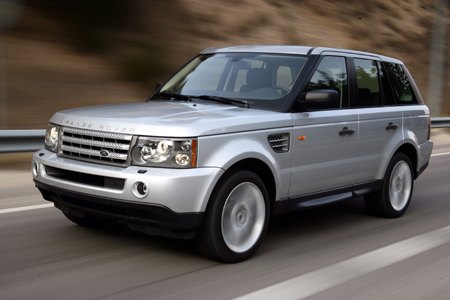
















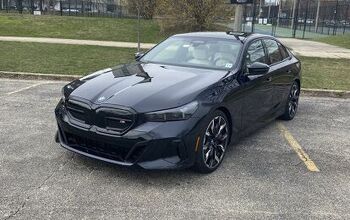
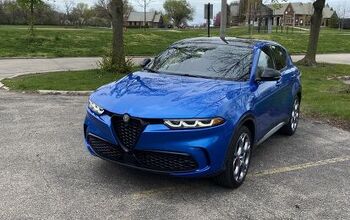
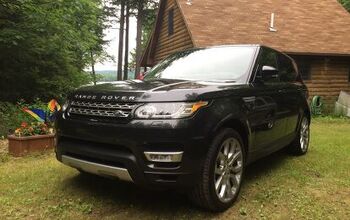
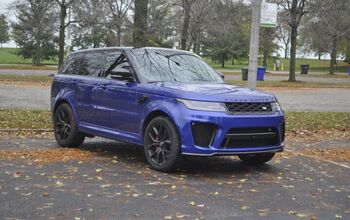
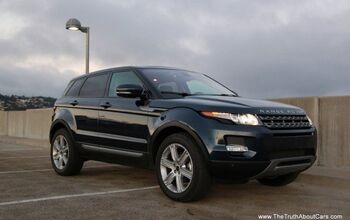
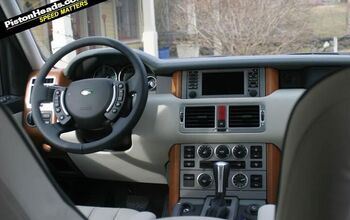
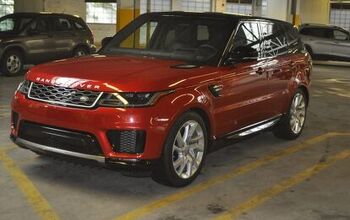
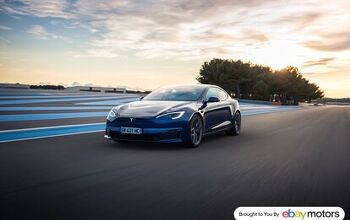
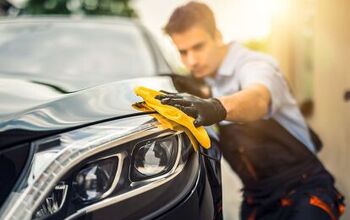
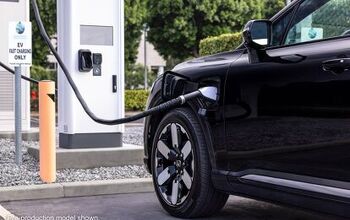
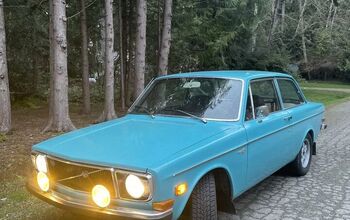
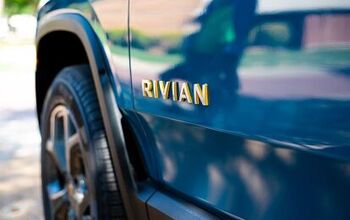
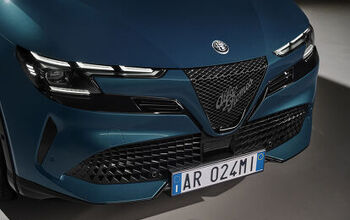

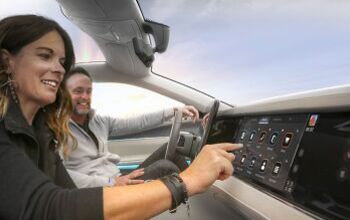
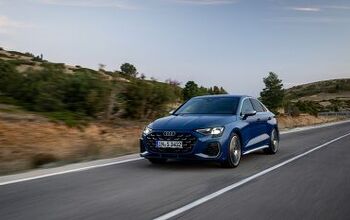
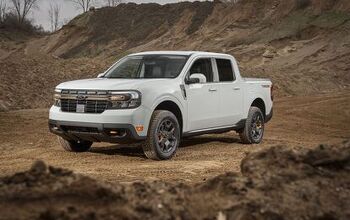
Comments
Join the conversation